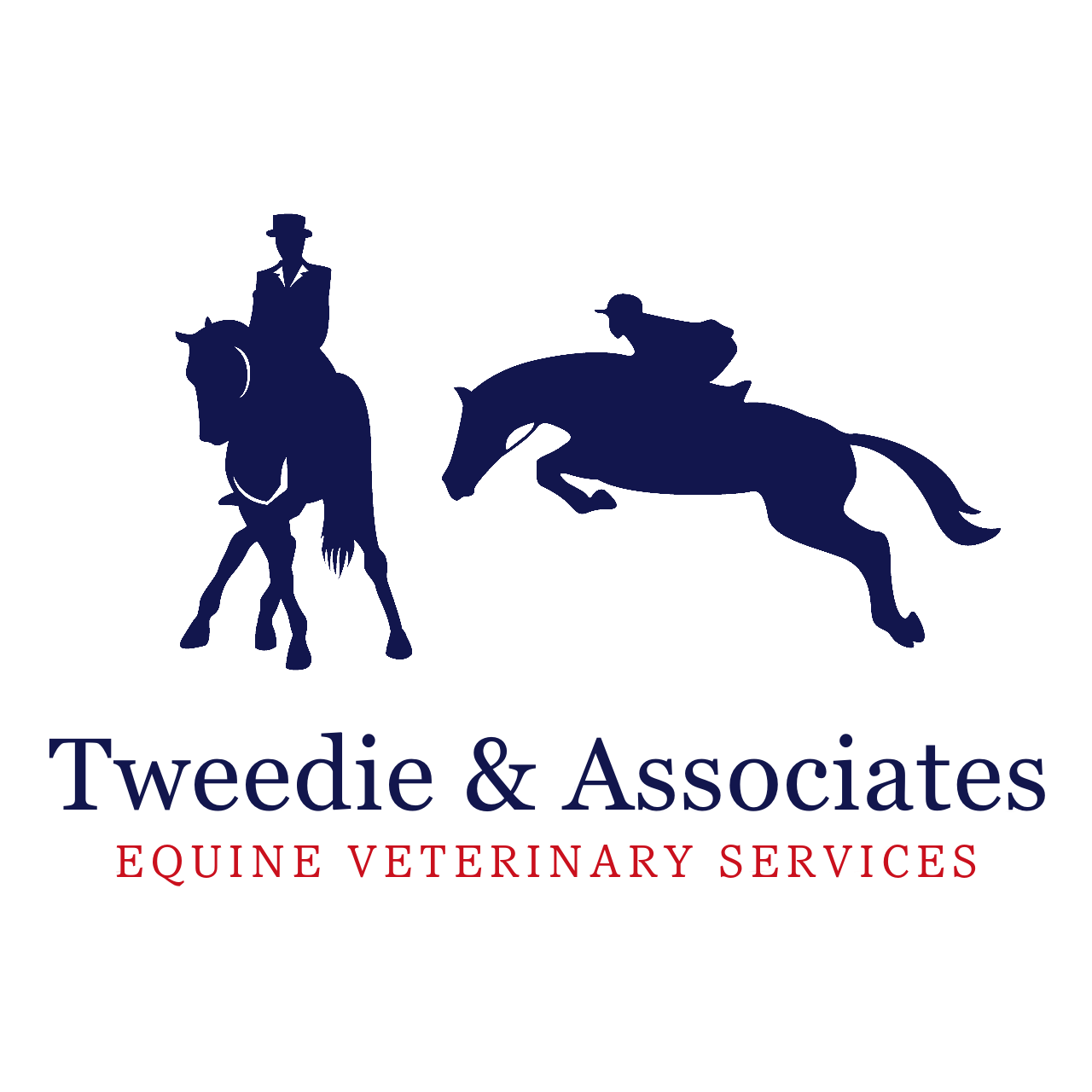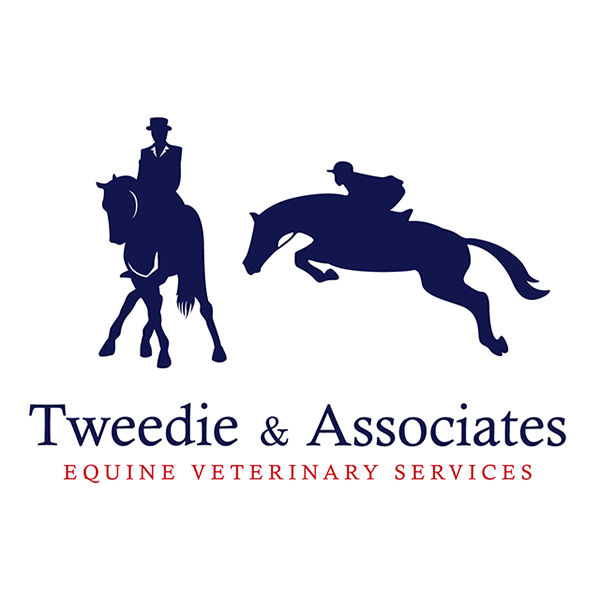
THE LAMENESS LOCATOR
“Has your horse got what you perceive as a lameness issue resulting in poor performance, training difficulties or behavior changes? This piece of equipment in combination with a detailed lameness examination can help you understand what is happening with your horse. Subtle changes in a horse’s gait can be seen before the issue becomes severe. No longer will you be told to work your horse more to make it sorer so that a lameness that you can feel can be seen.”
The lameness locator is an invaluable tool that we have added to our repertoire to help diagnose and manage ongoing lameness issues.
The Lameness Locator Explained
WHY USE IT?
We often see in older competition horses that they may have multiple limb lameness issues. There can be a mild hind limb lameness in combination with a low-grade forelimb lameness. These horses can be challenging to not only diagnose but also to assess on an ongoing basis. In combination with the lameness locator we can use the machine to help us break down the lameness in to a forelimb and a hindlimb component and also can help is diagnosing the primary leg lameness. It can be easy to see a forelimb lameness, but the hind limb lameness can be subtle to see. Did you know that often a low to moderate hindlimb lameness can cause a forelimb lameness? This is often the case and using the machine can help us show you the issues in a simple way with data produced on each limb.
Scintigraphy is not a very sensitive tool in the adult performance horse due to the presence of soft tissue injuries that cannot be seen using this modality. Studies have shown that the usefulness of this equipment in an older performance horse can be questionable. Once it has been done there is then the need to perform nerve blocks to isolate primary and secondary problems. With the lameness locator we can use the equipment to isolate lameness primarily and then head to diagnostics saving clients several thousand dollars in costs.
The Lameness Locator is a very sensitive piece of equipment allowing us to no longer be faced with low grade lameness that we cannot block as there is no sensitive way of assessing a response to the nerve blocks when the lameness is mild. As vets we have always struggled with the requirement that we needed to work horses more to make them sorer to create a lameness that can be blocked. With the Lameness Locator those days are gone. We can assess very mild lameness and can confidently perform nerve blocks.
The Lameness Locator allows for a very accurate assessment of that nerve block to be made.
Ongoing assessment of horses is an area where the Lameness Locator comes in to its own. The Lameness Locator produces reports that allow us to compare today to yesterday in a very repeatable manner. With the older performance horse this will now allow us to make active decisions of when to start treatment on a horse rather than waiting until there is a severe lameness. Identifying problems early before a severe lameness can help prolong the career of your horse as we can identify minor issues before they are a severe problem requiring time off.
OBJECTIVE VERSUS SUBJECTIVE DATA?
To understand why we would add this piece of equipment to our practice we need to understand the difference between objective and subjective data.
Objective data is absolute and has no reference to people’s thoughts or impressions. Objective data will fall beautifully in to a reliable repeatable data output such as a number. Objective data will be repeatable over time and the outcome is not affected by people’s thoughts.
Objective data involves an element of a person’s perspective. For horse owners the best analogy is that of dressage and showjumping. Dressage is a subjective sport, there are predefined parameters that should create a standard mark for a movement. There is without doubt a judge’s subjectivity when comparing one horse to another that will create two different marks for the same movement. Showjumping is a sport driven by objective data, you either jump the fences or you don’t.
Veterinary assessment of lameness has resulted in varying degrees of data repeatability. One vet’s 1/5 lameness will vary from another’s. For years this has frustrated me as it has been hard to make a good assessment of horse’s and create a repeatable grading system that is robust and repeatable from one day to the next. The only truly objective data as vets we have been able to produce is lame or not.
WHAT IS IT?
The equipment is made up of three sensors and a computer. One is placed on the head, one on the right pastern and one over the sacro-iliac joint. Each of these sensors plays an important role in the workings of the equipment. The head monitor measures the vertical movement of the head over time as you trot your horse up and down. The right pastern tells the equipment to know which stride is happening. As the right fore leg leaves the ground this notifies the machine that the left fore leg will be weight bearing. The pelvic sensors measure the vertical movement of the pelvis in time. The correct placement of each of these sensors allows the computer to know what is happening when and where. In real time this data is relayed to the computer as I watch your horse trot either in a straight line or on the lunge or even under saddle.
SO WHAT DOES IT TELL US?
FORELIMB ASSESSMENT
The movement of the head is very dependent on the stride with the ‘head bob’ produced as the lame leg hits the ground the head will go upwards. However, the lameness locator can break this down even further in to the three types of lameness within the one stride:
Impact lameness as the lame limb hits the ground
Midstance lameness as the load is increased on the lame leg
Push off lameness as the lame leg pushes off
HINDLIMB ASSESSMENT
Traditionally hind limb lameness is harder to assess some people using the movement of the point of the hip being their reference point. With the Lameness Locator the vertical movement of the pelvis is measured for each stride. The output for the hind leg is less extensive and is broken down in to two parts:
Impact lameness
Push off lameness
Each stride is assessed and the output is a graph similar to below
The accuracy of the machine allows a very thorough assessment of the lameness to be made.
The assessment of these two components in the hind limb allow for a very accurate assessment of the lameness to be made.
The Lameness Locator is a piece of equipment that we are very excited about adding to our practice. It will be an invaluable tool to make lameness diagnosis and the ongoing assessment of your horse. If you have a problem with your horse, please give us a ring today and we will happily come and make an assessment of your horse.
Book a Lameness Appointment
info@tevs.com.au
03 59775250
somerville, Victoria







